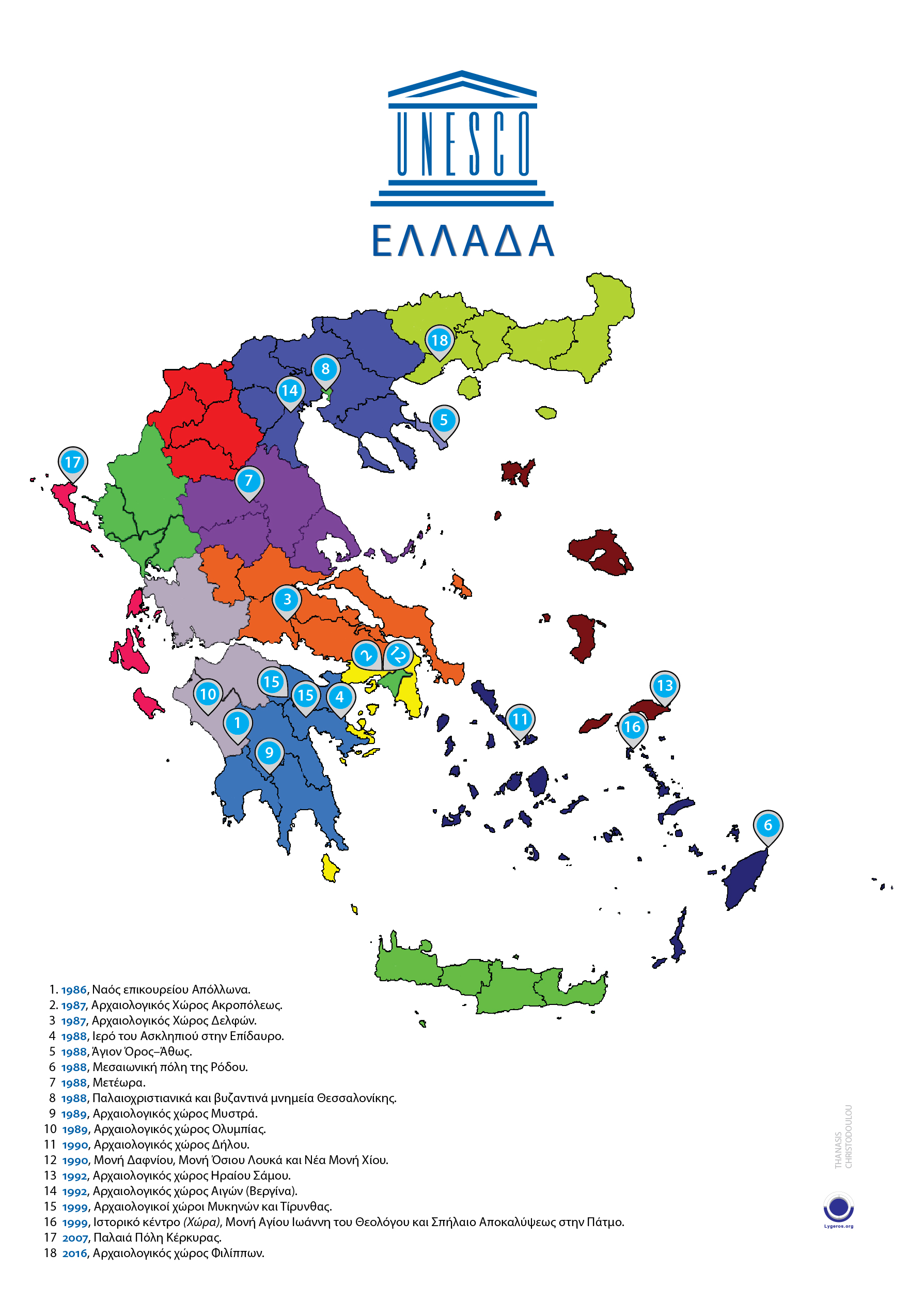26138 - Nafplio’s cultural development
N. Lygeros
Translated from the Greek by Athena Kehagias
The fact that Nafplio activates its candidacy as a World Heritage site, consciously and dynamically, changes the data at the local level, because everyone becoming informed about this collective effort, and they understand that they have a role to play in order to actively assist towards the realization of this vision.
The Municipality (the Mayor inclusive), the City Council, the Members of parliament deriving from the region, politicians, the journalists, the ordinary people who love Nafplion and know that it constitutes a landmark of international range, have all begun to make coordinated movements so that, that request will become fruitful.
The military’s initiative is also admirable, as it was amongst the first who were activated for this new cultural mission.
The enhancement of the Old Town file, combining both Bourtzi and Palamidi is also a matter of interest.
Because the importance of Nafplion derives both from its position and from that combination, but also its residents in addition to that, who are aware that they reside within a historical place, where Time left its mark.
Therefore the disclosure of the actual project, and the open consultation of the Nafplion file, form the initial steps of a program which consitutes the planning regarding the process for applying for candidacy, firstly at a national level and thereon internationally with regard to UNESCO.
Now is the time that we should all together achieve this feasible goal, in order for this course of Greece’s cultural development to continue.
Cultural criteria
I. «To constitute a masterpiece of human creative genius”.
II. “To demonstrate significant human values over a long period of time, or in a certain cultural region of the world, re: developments in architecture, and or technology, the monumental arts, town-planning, or in landscape design.”
III. “To bear a unique, or at least exceptional testimony of a cultural tradition, of an existing, or an extinct culture.”
IV. “To constitute an important example of building type, an architectural or technological ensemble and or landscape which illustrates a significant phase or phases of the human history”
V. «To constitute an important example of a traditional human settlement, of onshore and or marine usage, which is representative of a culture, or of cultures, or human interaction with the environment, especially at a stage that the latter has become vulnerable under the pressure of irreversible changes.»
VI. “to be either directly or discretely connected to facts or existing traditions, with ideas or beliefs, with artistic and literary works of outstanding universal significance.” (The Committee considers that this criterion should be taken into account in conjunction with other criteria).
Natural criteria
VII. “It oughts to contain exceptional natural phenomena, and or regions of exceptional natural beauty and aesthetic.”
VIII. “To constitute peculiar examples of major phases of the Earth’s history and its life file, significant ongoing geological processes for the development of geoformation, or significant geomorphic or physiographic features”
IX. “To constitute peculiar examples of significant ongoing ecological and biological processes, regarding the evolution and the development of terrestrial, freshwater, coastal and marine ecosystems, and of plant and animal families”
X. «To contain the most important natural habitats of conservation of biodiversity, to include endangered species of universal value, in regards to science or the actual conservation of the species.”

